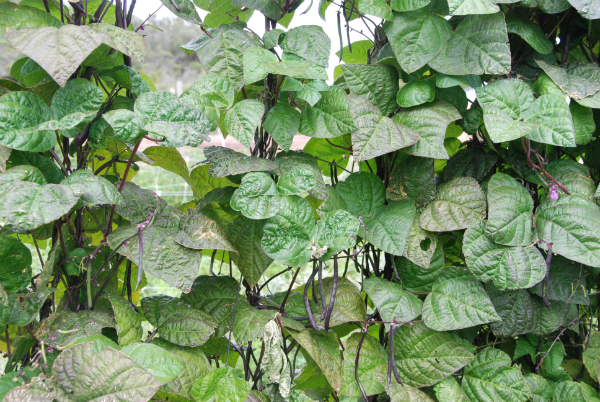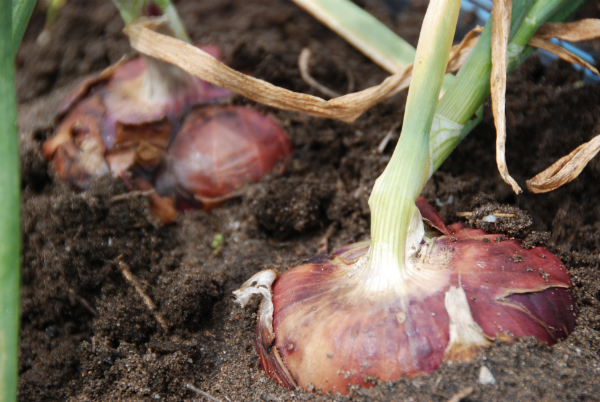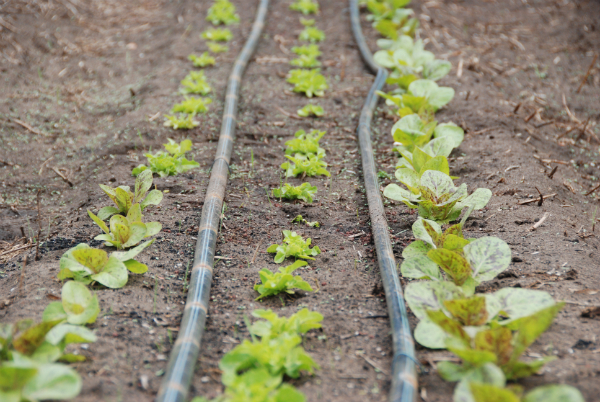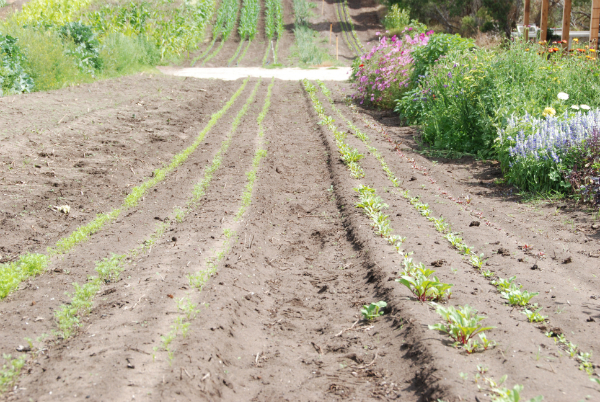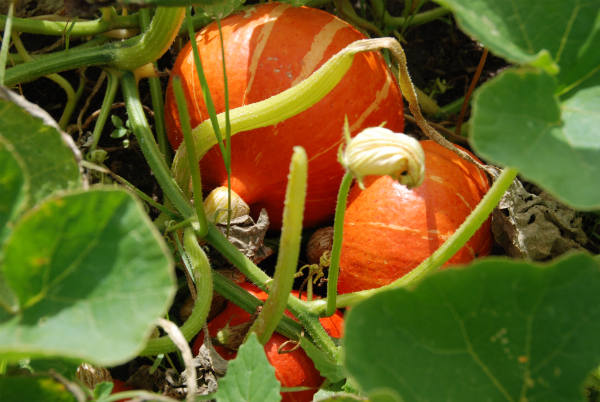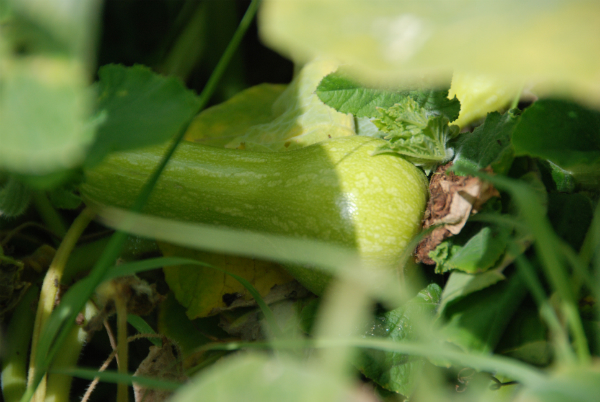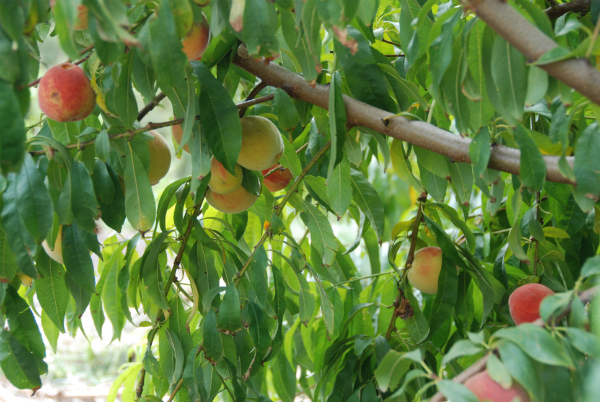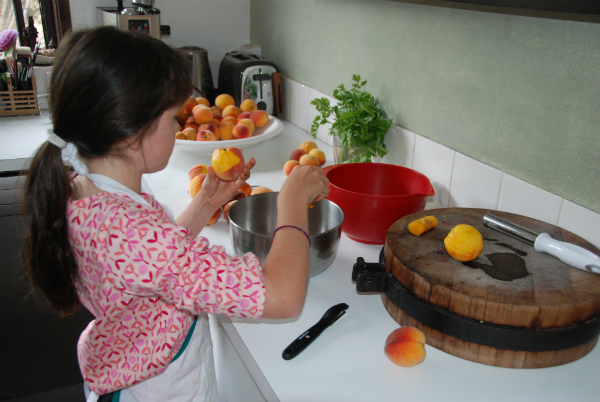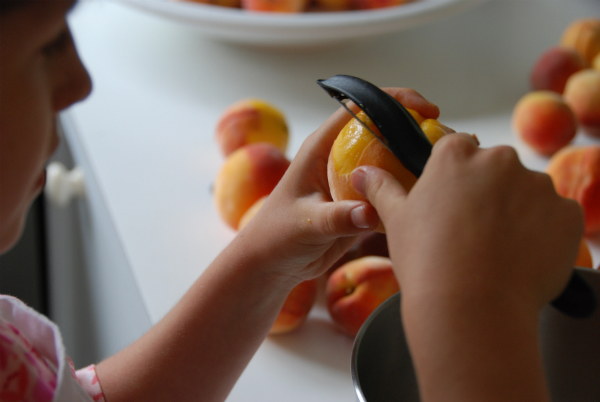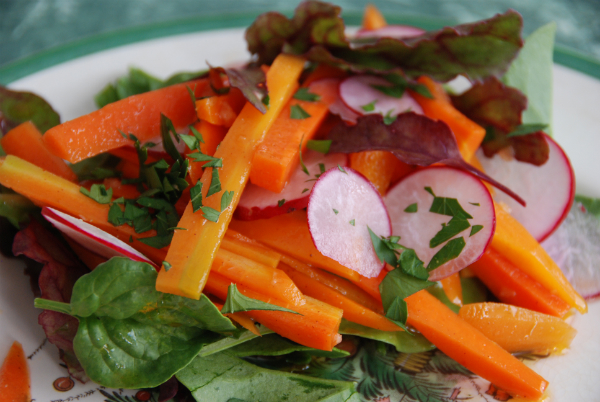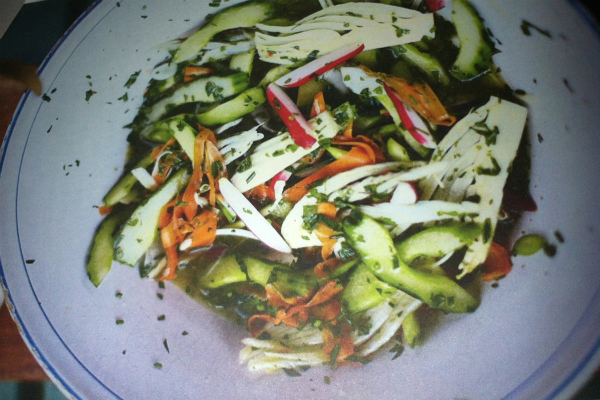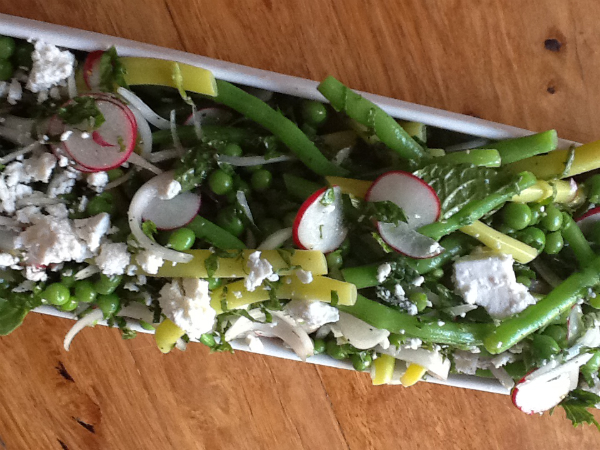 Here is some more information about the Capsicums and Chillies which will continue to appear in your box throughout the Summer Share and into Autumn.
Here is some more information about the Capsicums and Chillies which will continue to appear in your box throughout the Summer Share and into Autumn.
Most all capsicums will turn yellow, orange or red when they are mature...even the purple ones. In the beginning of the capsicum harvest though, the capsicums will be green or purple. As the seeds in the capsicum mature, the fruit begins to turn red, orange or yellow, depending on variety.
A frequently asked question is when will we be harvesting red capsicums? If we leave the first capsicums on the bush to "mature", the plant thinks it has done its job and stops producing flowers. The extreme heat during the beginning of January also caused the plants to not set fruit. We would like to try and nurse our capsicum plants into producing more fruit so we are harvesting the green and purple to send the message to the plant that it has not yet produced mature seed, in hopes that it will put its energy into flowering again and setting fruit. We will then harvest these when the colour begins to "break", the colour starts to change. Instead of putting them in the fridge, if you leave them in your warm kitchen, most will continue to color up for a few days.
Capsicums are rich in goodness - one medium-sized capsicum will provide almost the entire daily adult requirement of vitamin C and also contains vitamins such a B1, B2 and D, plus numerous minerals.
Capsicum 'Corno di Toro' ('Bull's Horn' )
An Italian heirloom sweet capsicum that produces curved, tapering fruits, 15 - 25 cm long, with a great, fruity flavour. When ripe they turn a stunning red or yellow.
Capsicum 'California Wonder'
Plant produces high yields of huge 15 cm (6”) by 10 cm (4”) wide sweet bell peppers; the fruit is thick-walled with a crisp, mild flavour. Peppers turn from green to red when mature. It is nutritious, high in Vitamin C and ideal for stuffing, cooking and salads.
Capsicum 'Emerald Giant'
The Bell Pepper Emerald Giant, 'Capsicum annuum', is a large, thick-fleshed green bell pepper that sweetens and turns red on the vine. Roasted, stuffed and baked, or eaten fresh in salads, Emerald Giants large, thick fleshed peppers have more vitamin C than an orange.
Capsicum 'Purple Beauty'
Absolutely stunning purple bell pepper. Large 4-lobed, thick-walled fruits borne on sturdy compact plants. Tender crisp texture, mild sweet flavor. Holds in the purple stage for some time before ripening to a radiant purple-red.
Capsicum 'Yolo Wonder'
This variety is a sweet bell type. The fruit is green, when maturing it will change to red.
CHILLIS
Chilli 'Hungarian Hot Wax'
'Hungarian Hot Wax' is a hardy, highly productive banana chilli with smooth, waxy fruits tapering to a point. The fleshy fruit, 12 cm x 3.8 cm, turn from yellow, to orange, to red when ripe. It is definitely hot, similar in heat range to Jalapeno or Paprika; Scoville heat scale 2500 - 8000 units.
Chili 'Jalapeno'
'Jalapeno' chillies taper to a blunt end, are 7.5 cm long and 3 cm in diameter. The fruit are glossy deep green in colour, turning bright red when ripe. The plants are sturdy and productive over a long period and begin cropping early. Plants also grow well in containers. It is a good choice for salsa and dishes where a milder chilli is preferred. 5,000 Scoville.
Chili 'Cayenne Long Thin'
Cayenne Long Thin' is a productive chilli with 12 - 15 cm long, curved, wrinkled, fiery-hot fruit that start green and ripen to crimson. Height of chilli bush is 90 cm. This is one of the best chillies for seasoning pickles, salsa and drying as chilli powder. It is very hot, similar in heat range to Tabasco; Scoville heat scale 30,000 - 50,000 units.
Chili 'Pimiento de Padron'
From Spain and named after the town where they originated, Padrons are served sautéed in olive oil with a little sea salt, and eaten as tapas (appetizer) in Spain. Folk law has it that one pepper in 20 is hot. Very sweet and mild and excellent for frying. The more mature the chili is, the hotter it becomes rating 3000 on the Scoville heat scale.
Chili 'Thai Hot' or 'Bird's Eye'
Popular variety from South East Asia, producing 3-4cm long pungent fruit. Rate between 50,000–100,000 on the Scoville heat scale 50,000–100,000.

Post Note:
As more of the varieties are harvested, we will continue to update the photo so that you can identify what you are receiving.
Sometimes, even with seed from wonderful seed companies, strange new varieties of plants appear amidst that have grown 'true' to seed. We have had this happen this year with one 'Purple Beauty'. Instead of being bell shaped, it is horn shaped and has beautiful variegation. It is labeled in the photo as 'Purple Beauty' x ?




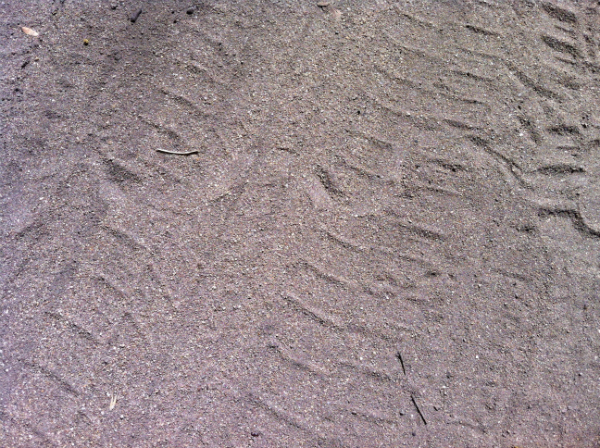

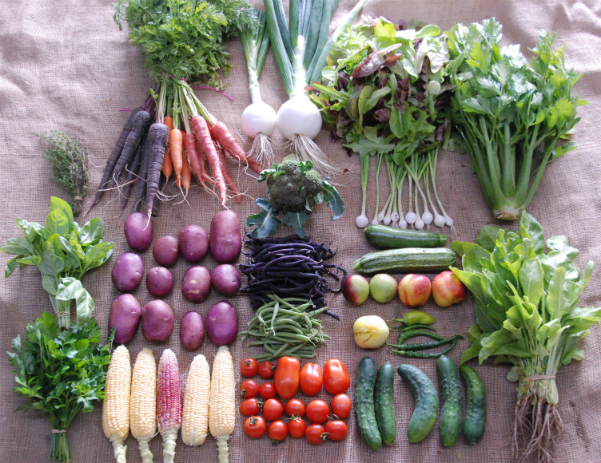




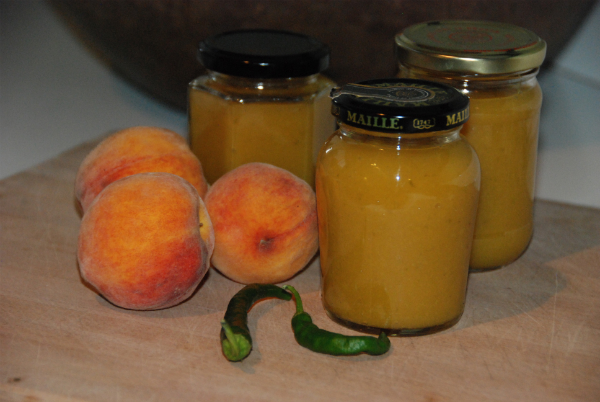



 Carrots (from left to right) - 'Scarlet Nantes', 'Deep Purple' and 'Atomic Red'
Carrots (from left to right) - 'Scarlet Nantes', 'Deep Purple' and 'Atomic Red'




